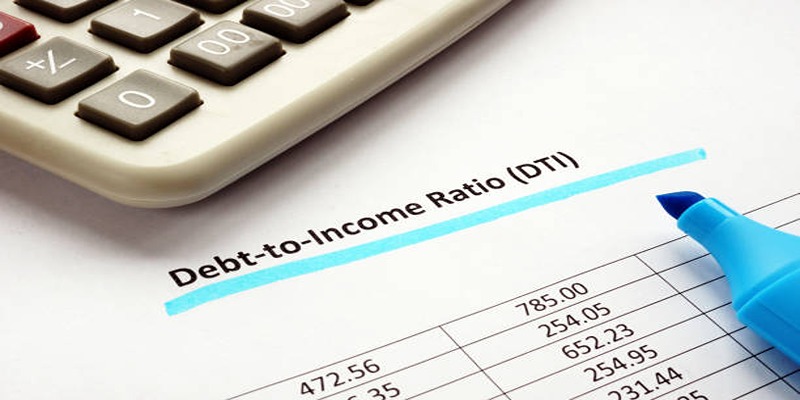Sending money to another country is not so simple. Funds also tend to travel through their own set of banks who serve as intermediaries before they can be sent to the recipient. Such banks have the ability to influence transfer charges, rates, as well as transparency. The guide will tell you what intermediary banks are and what impact they have on your payments, so the businesses and individuals concerned can make more intelligent choices when delivering or accepting money in different countries.
Understanding Intermediary Banks

An intermediary bank is a financial institution that facilitates international wire transfers between the sender's bank and the recipient's bank. When your bank doesn't have a direct banking relationship with the destination bank, it uses an intermediary bank to complete the transaction.
These banks are typically large, well-established institutions with extensive global networks. They maintain accounts with banks worldwide, making them valuable partners for smaller banks that lack international reach.
Why Intermediary Banks Exist
The global banking system relies on correspondent banking relationships—agreements between financial institutions that allow them to provide services on each other's behalf. However, not every bank can maintain direct relationships with every other bank worldwide. With thousands of banks across different countries, creating direct connections with each one would be impractical and expensive.
Intermediary banks streamline international payments by serving as hubs in the global network. With extensive correspondent banking ties, advanced compliance systems, and robust technology, they ensure safe, efficient cross-border transactions. These banks also manage risks, verifying transaction legitimacy, ensuring regulatory compliance, and detecting fraud, safeguarding both sending and receiving banks from financial crimes and violations.
How Intermediary Bank Transfers Work
When you initiate an international wire transfer, your bank first determines the best route to reach the destination bank. If no direct relationship exists, your bank identifies an appropriate intermediary bank that has relationships with both institutions.
The process typically follows these steps:
- You (the sender) submit a wire transfer request to your bank.
- Your bank moves the money through the appropriate intermediary bank(s).
- The final destination bank receives the funds and credits them to the recipient's account.
- A confirmation is sent back to your bank, who then notifies you of the successful transaction.
The role of intermediary banks in this process is crucial as they act as intermediaries between sending and receiving banks. They are responsible for ensuring that funds are transferred securely and accurately, while also complying with relevant regulations and detecting fraud or other financial crimes.
Types of Intermediary Banks
Several types of financial institutions can serve as intermediaries in international transfers:
- Correspondent banks maintain accounts with other banks specifically to facilitate international transactions. These relationships form the backbone of the global payment system, with larger banks often serving as correspondents for smaller institutions.
- Central banks sometimes act as intermediaries, particularly for transactions involving their national currency or when commercial banking relationships are limited. They provide stability and regulatory oversight to the transfer process.
- Specialized payment processors focus exclusively on cross-border transactions. These institutions have built extensive networks and streamlined processes specifically for international money transfers.
- Major international banks like JPMorgan Chase, Deutsche Bank, and HSBC frequently serve as intermediaries due to their global presence and established relationships with banks worldwide.
Costs and Fees
Using intermediary banks adds costs to international transfers. Each institution in the transfer chain typically charges a fee for its services, which can range from $15 to $50 or more per transaction.
These fees are separate from the foreign exchange markup that banks apply when converting currencies. The combination of intermediary fees and exchange rate margins can make traditional bank transfers expensive, especially for smaller amounts.
Fee structures vary depending on the banks involved, transfer amount, and destination country. Some banks offer flat fees regardless of transfer size, while others charge a percentage of the transaction amount. Business accounts often have different fee structures than personal accounts.
Impact on Transfer Speed
Simple transfers with one intermediary might complete within one to two business days. More complex routes involving multiple intermediaries can take three to five days or longer. Transfers to countries with limited banking infrastructure or strict regulatory requirements often face additional delays.
Time zone differences also play a role. If banks in the transfer chain operate in different time zones, processing may pause overnight, extending the overall transfer time.
Some banks prioritize certain types of transfers or offer expedited processing for higher fees. However, the speed ultimately depends on the efficiency of all institutions involved in the transfer chain.
Alternative Options
Traditional banking isn't your only option for international transfers. Several alternatives can help you avoid or minimize intermediary bank fees:
- Online money transfer services like Wise (formerly TransferWise) and Remitly often provide faster, cheaper alternatives to traditional bank transfers. These services use local banking networks to minimize the need for intermediaries.
- Digital payment platforms such as PayPal and Payoneer offer international transfer capabilities, though they typically charge percentage-based fees rather than flat rates.
- Correspondent banking relationships between your bank and the destination bank can sometimes be established for frequent transfers, potentially reducing costs and transfer times.
Choosing the Right Transfer Method

Selecting the best transfer method depends on your specific needs and priorities. Consider factors like transfer speed, cost, convenience, and the countries involved.
For urgent transfers, traditional banks with established intermediary relationships might offer the most reliable service, despite higher costs. For regular transfers or when cost is the primary concern, online transfer services often provide better value.
Large businesses might benefit from establishing direct correspondent banking relationships or using specialized commercial payment services. These options often offer better rates and more predictable processing times for high-volume transfers.
Conclusion
Intermediary banks are vital to global finance, connecting countries and institutions without direct ties. While they add costs and complexity, they also provide oversight and risk management for international transfers. To make smarter decisions, compare options, ask about fees and processing times, and explore alternatives. With new technologies and services emerging, staying informed ensures you get the best value for your cross-border financial transactions.












